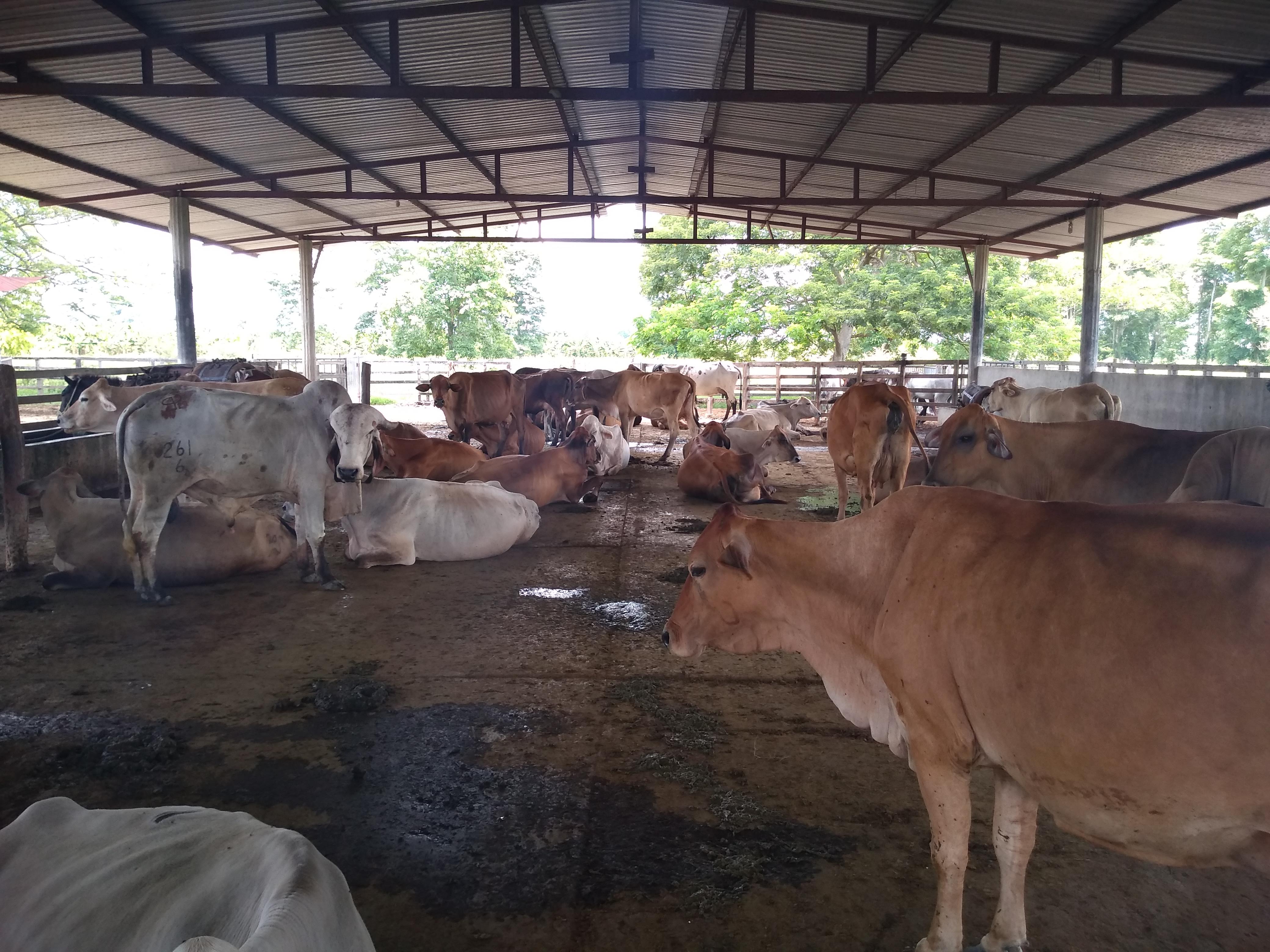Handling before, during and after milking of cattle
1 comment
In livestock production units, one of the main activities for obtaining the milk item is milking, for this, it is necessary to have a production support space where the necessary equipment such as packaging and mechanical milking equipment are located in case of production units with more advanced technologies. The milking place should be quiet, because something out of the ordinary can make the cows uncomfortable, such as noises, knocks, strange people, among other circumstances.

According to some specialists, milking should be done as quickly as possible to make the most of the time that the oxytocin lasts, which is 5 to 8 minutes, if milking is done very slowly, there is a possibility that the cow will stop losing milk and it will have to be stimulated again so that oxytocin secretion returns to exist and thus milk and get the milk that is possible.
Before milking, logically, the collection of the herd should be carried out and the tools or utensils that will be used for said activity should be prepared, in case the herd is very large it is important to have them divided into different paddocks, some producers recommend an approximate of 120 cows per batch, of course it will also depend on the number of milkers that you have. In the case of milking that takes place in the evenings, you should take the weather that you have at the moment, in very hot areas an alternative would be to place sprinklers to irrigate water in the waiting rooms of the animals.
On the other hand, the handling during the milking with the support of the calf, is carried out with the calves inside the cowgirl and the cows in the waiting pen. Then these are introduced to the cowgirl in small groups, according to the milking speed and the number of milkers with which it is counted, in this way as the milking progresses the cows and calves are leaving towards the unloading pen.

After milking, the cows should return to the paddocks as soon as possible, to work on this methodology, it should be checked in the unloading pen so that when there are a certain number of cows proceed to release them, leaving the calves in said pen. In case there is a scheduled practice such as baths for tick control, vaccinations, among others, the lots should be directed to the places where they will be applied as quickly as possible so that they return to the paddocks. Once the cow has been milked, the milk should be cooled as soon as possible to avoid the proliferation of bacteria, so that milk is produced in a more harmless way. Once the milking is finished, all the utensils must be washed in the same way the remaining facilities should be washed with bovine manure residues, so a preventive control against flies could also be done.
Dear readers, to finish as a recommendation it can be said it is important to avoid performing routine practices to the cows before milking, this in order to avoid stressing them and that this can have an impact on milk production, in the same way the newly calved cows and the ones with the highest production be the first to milk them so that they return to the paddock as soon as possible, in case there is a sick cow, milk it at the end to prevent the others from being infected.
Thank you for reading our articles, until a next installment.
| Bibliographic references |
|---|
- Ocando, A. (1987). Management of the dairy cow. Editorial America. Caracas: Venezuela.
Sources
- Photography and images: All photographs and images are the property of the author @amestyj
- Agrotecnia banner: made by the author @amestyj with own images
- Hive Banner: Designed by the author @amestyj with image owned by hive.



Waivio AI Assistant
How can I help you today?

Comments